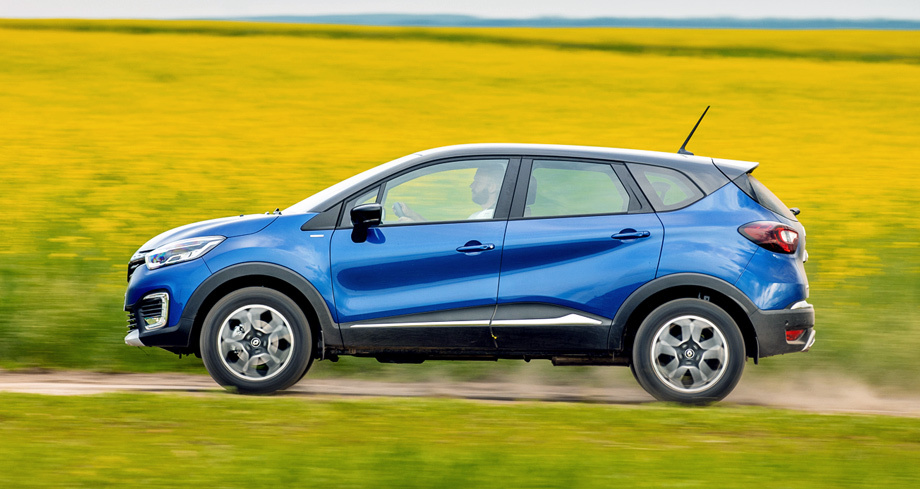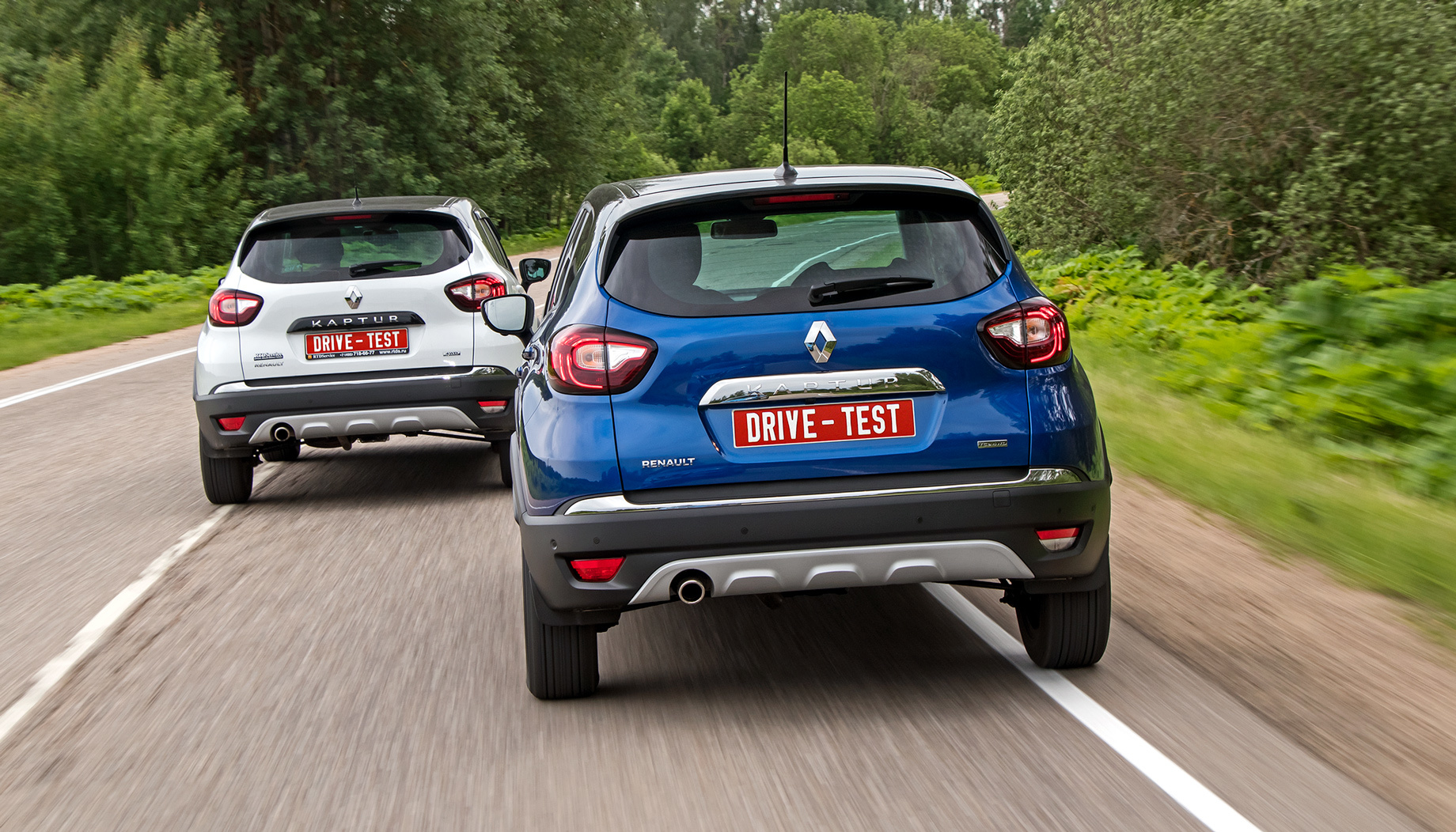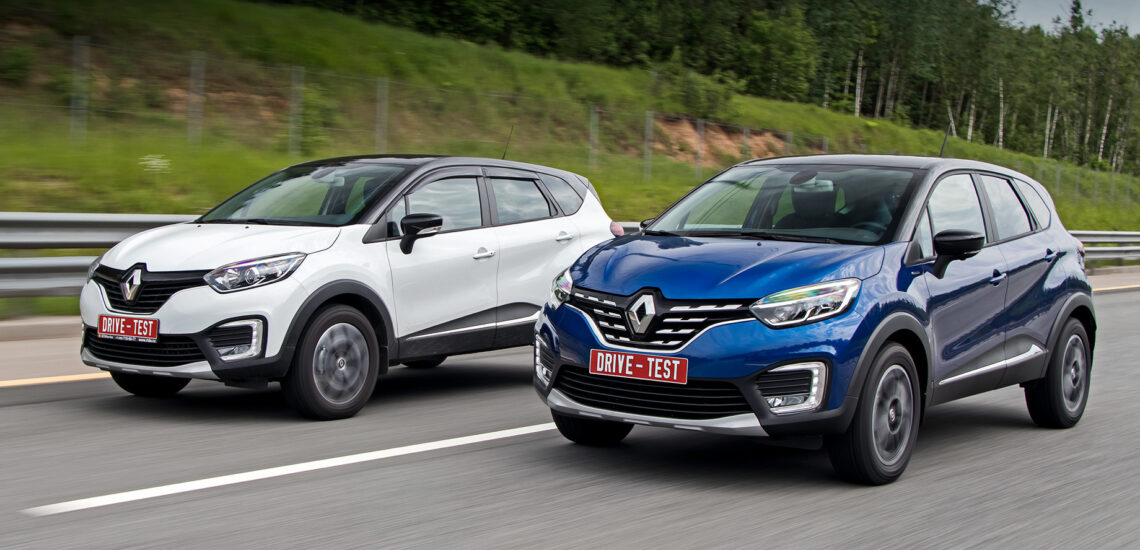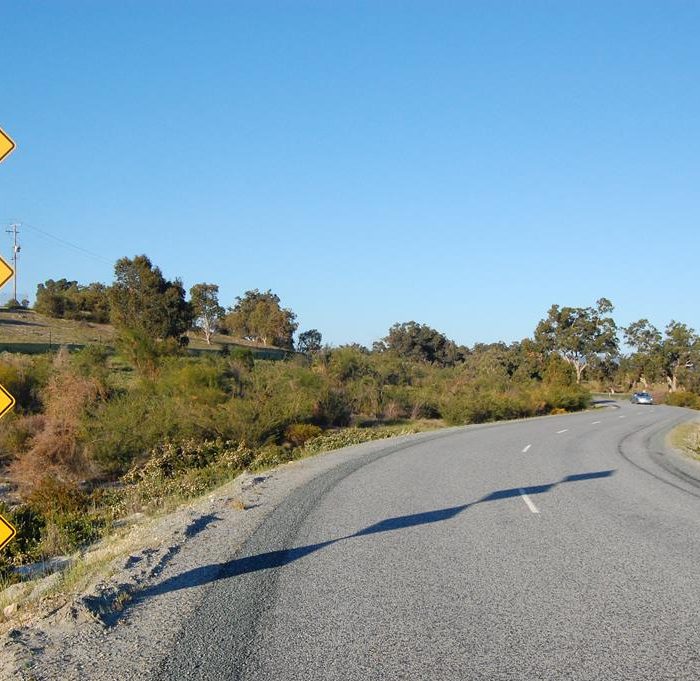Putting up the old Renault Kaptur 2.0 against the updated 150 TCe
It was known from the very launch of the Arkana that after it, the Renault Kaptur would move to an upgraded platform that relates them to the next Duster. In the case of the Kaptur, there was no driving bias. The adapted chassis has retained its signature smoothness, which is confirmed by a comparison with the pre-reform crossover. It is proposed to take your family to the test. But I took my colleague who knows the Kaptur well from engineering work at Renault. And two more places provided by the quota are occupied by the camera crew.
Before posting the article, we decided to collect audience questions and make a fuller note. But there are no questions: commenters just curse the new power unit of the top Kaptur — a 150-horsepower 1.33 turbo engine with a variator. They swear on the grounds that this bundle allegedly will not be as reliable as the atmospheric 2.0 paired with the automatic transmission.

Let’s talk at the end of the full-year Kaptur test. This is the first time we have received a car for such a long time, and we are not going to waste it. I think a year in our service will pass like three in the hands of an ordinary careful owner. Or even like five. If the continuously variable transmission is really such a delicate place, it will be found out pretty quickly. In the meantime, I see only the pros – it has become easier to control the Kaptur.
The pre-restyle got to me a couple of days before the test, and I managed to burn a whole tank, refreshing my memory. The four-gear automatic transmission doesn’t differ in either shifting speed or linearity of responses — a modern variator provides more precise traction control. The turbo engine has noticeably more of it (250 N-m instead of 195 for the atmospheric one) and the operating range is wider. The second won on acceleration to 60 miles/h is not the most eloquent demonstration of superiority of the 150 TCe version. It is noticeably easier for the updated Kaptur to accelerate on the move and overtake.
In combination with a lighter steering wheel, well untied from vibrations, the new power unit forms an overall impression of a more responsive and comfortable in everyday life car. The modified interior is much more ergonomic, although the quality of the trim materials still leaves much to be desired. Even if the Kaptur has lost something, it is a small part of the suspension omnivore: the speed threshold for painlessly overcoming speed bumps has slightly decreased. On the old one, even 37 miles/h are not fatal, while the jumpiness of the new makes you slow down to 31.
However, it is still a very comfortable car on a bad road. The Kaptur allows us to talk about smooth running on that country road, where, say, the Arkana, clamped for the sake of drive, runs solely on power intensity. For a car with a high center of mass, the Kaptur’s handling is not bad, rolls are moderate, low-frequency swing on a long wave is reduced compared to the two-liter car.

At the same time, the newcomer on 17-inch wheels collects a little more small cracks from the asphalt and trembles on a short wave. But this is more than compensated by the fact that almost no parasitic effects are transmitted to the steering wheel. At first, the low level of force on it is confusing at high speed. Gentle arcs on a highway require search steering. You are looking not for a trajectory, but for a response. But during the day, hands get used to it – and the steering wheel of such a stable old Kaptur already seems unnecessarily overloaded.
Nevertheless, it is still worth working on the electric amplifier’s settings. To provide a more distinct zero position and adequate loading with a return torque at high lateral forces. Now the reaction effect hardly changes, whether you drive into the arc calmly or crazy busy. However, it doesn’t matter to the average buyer of the Kaptur. The main thing is that you can now park your car with two fingers.
But we didn’t choose the right off-road route: both Kapturs cope with fragmentary muddy track without the slightest difficulty. Moreover, it is easier to square off with the ground in the updated crossover where the steering wheel doesn’t tear out of your hands. And responses to the gas pedal are accurate enough to use the high-torque turbo engine without unnecessary slippage.
I believe that the real production necessity will put our Renault in a difficult situation more than once, which will allow all-wheel drive to have its say. Or discover its weaknesses. Then we’ll discuss it. And yet I agree with the anxiety of those who saw in the old Kaptur, first of all, an elegant version of the rogue Duster. The very use of the variator, which is prone to wear of pulleys, warns against crossing exploits.

And the easiest thing is to understand the annoyance of a person who dreams of the two-liter Kaptur with a manual transmission. The dealer’s stock will last for a couple of months, and that is all. There is no such version in the updated range, although Renault has everything for its implementation: both the TL8 box and a suitable gear ratio.
About a quarter of buyers chose 2.0 MT6 4×4. It seems that Renault believes that some people bought three pedals simply out of desperation, not wanting to mess with an antediluvian automatic box. If they are satisfied with an adequately tuned variator, the mechanical gearbox won’t return. The opposite situation is also possible. The law of the market is simple: demand, and you will be rewarded. All this restyling is working out client requests. Personally, I don’t mind driving with a turbo engine and a “stick”, but, for example, we don’t need such a camera car.
I have no doubt that the update will warm up the secondary market of already expensive Kapturs with automatic gearboxes to the delight of the current owners. Even if the supercharged car with a variator turns out to be reliable in the first hands, it will be more difficult to pass it on due to prejudice. Renault successfully fights them in the case of the Arkana: it is its 150-hp modifications that are bought most often.

But the Kaptur is less of a toy, and judging by the comments, the price of repairs after the warranty period and liquidity play a big role for it. Not everyone wants to service the “Mercedes” engine and the outlandish transmission, which requires relatively frequent preventive oil change. Therefore, I wouldn’t be surprised if the share of powerful versions decreases in favor of 1.6 modifications, where changes are only for the better, and the surcharge for restyling is low.
This is a translation. You can read the original here: https://www.drive.ru/test-drive/renault/5eef8db3ec05c4bb52000000.html






